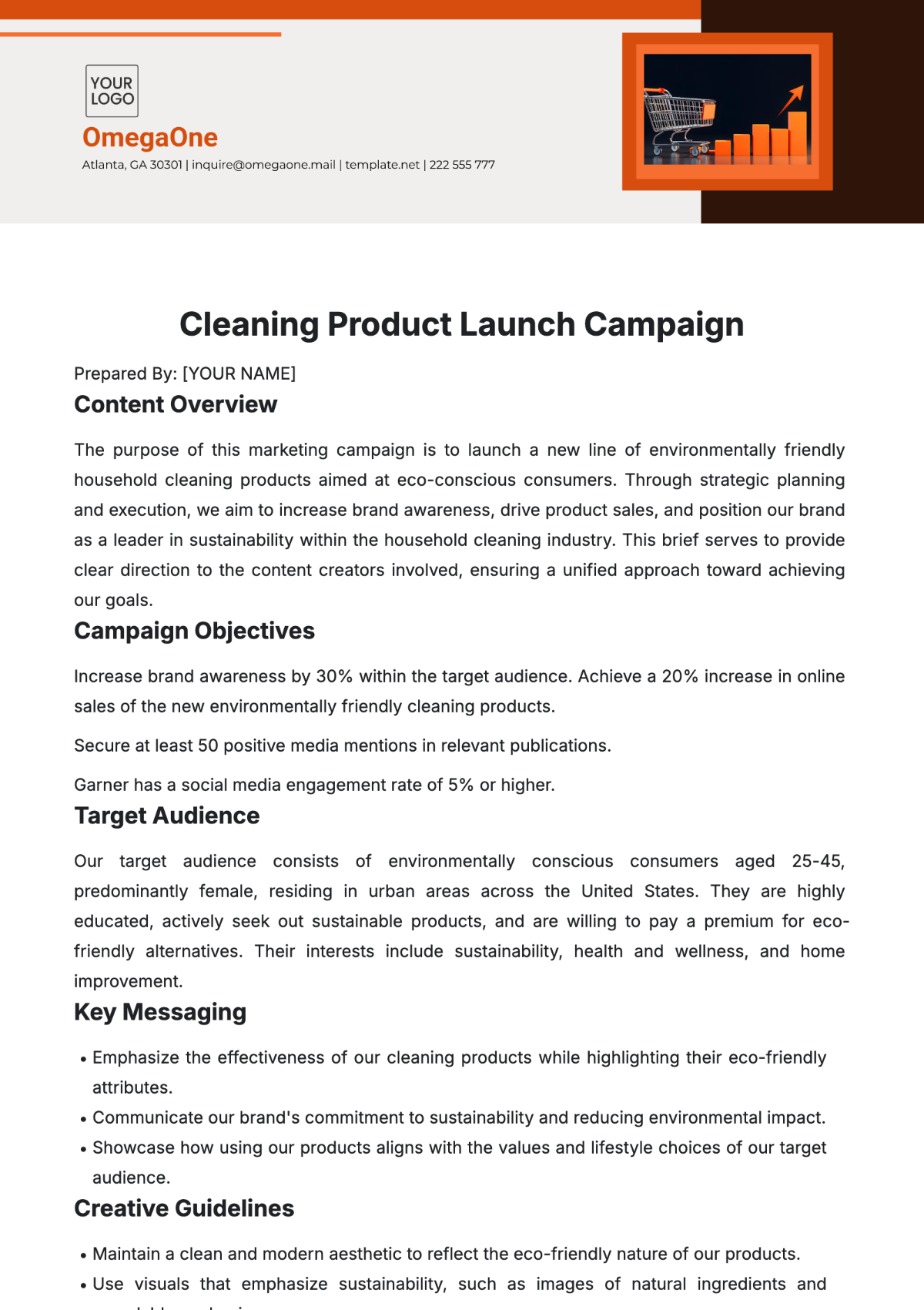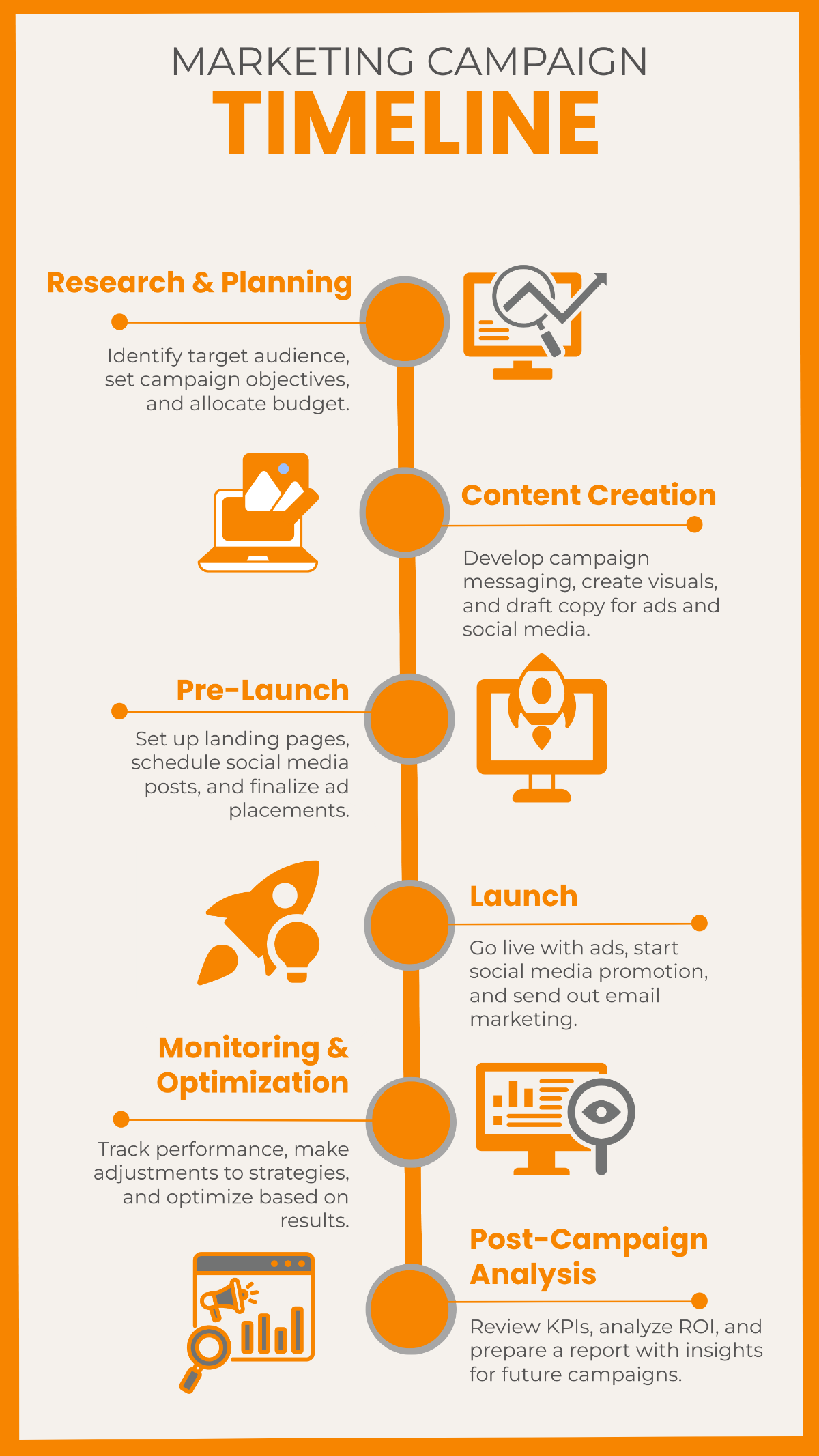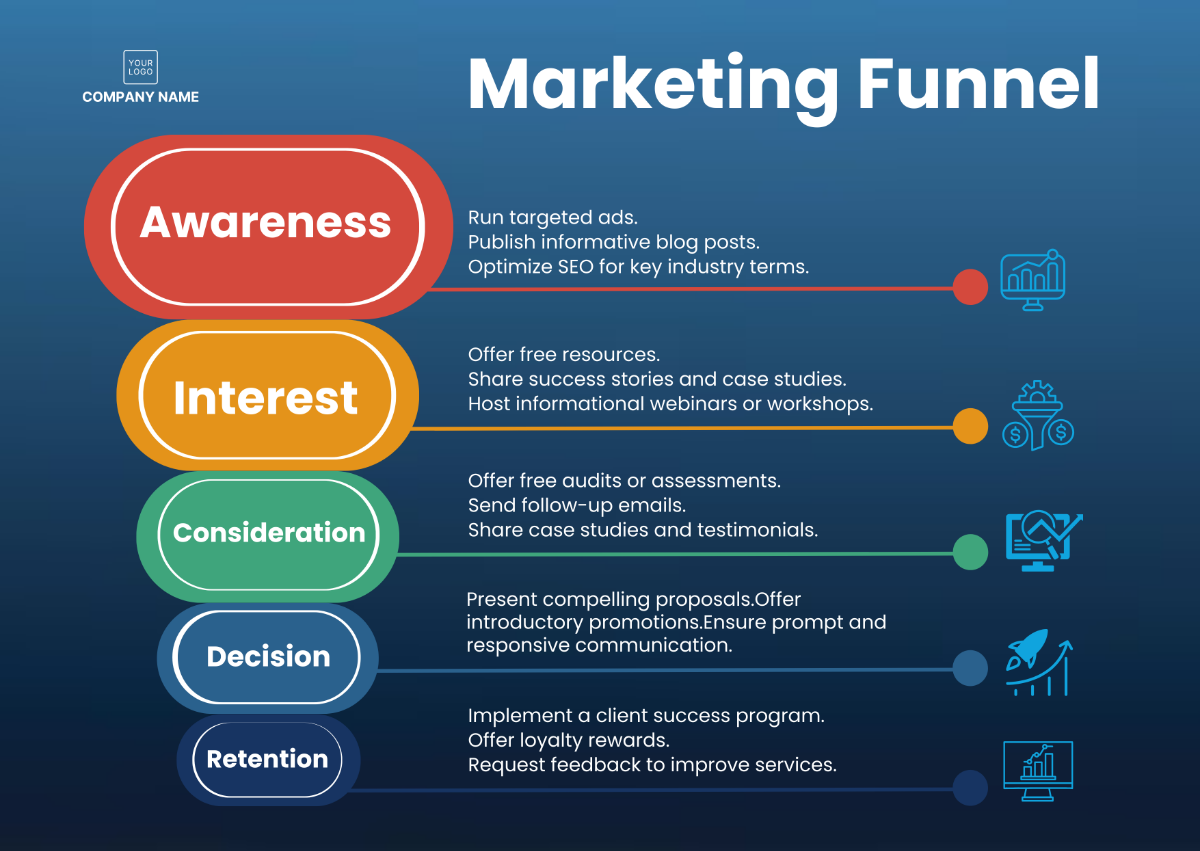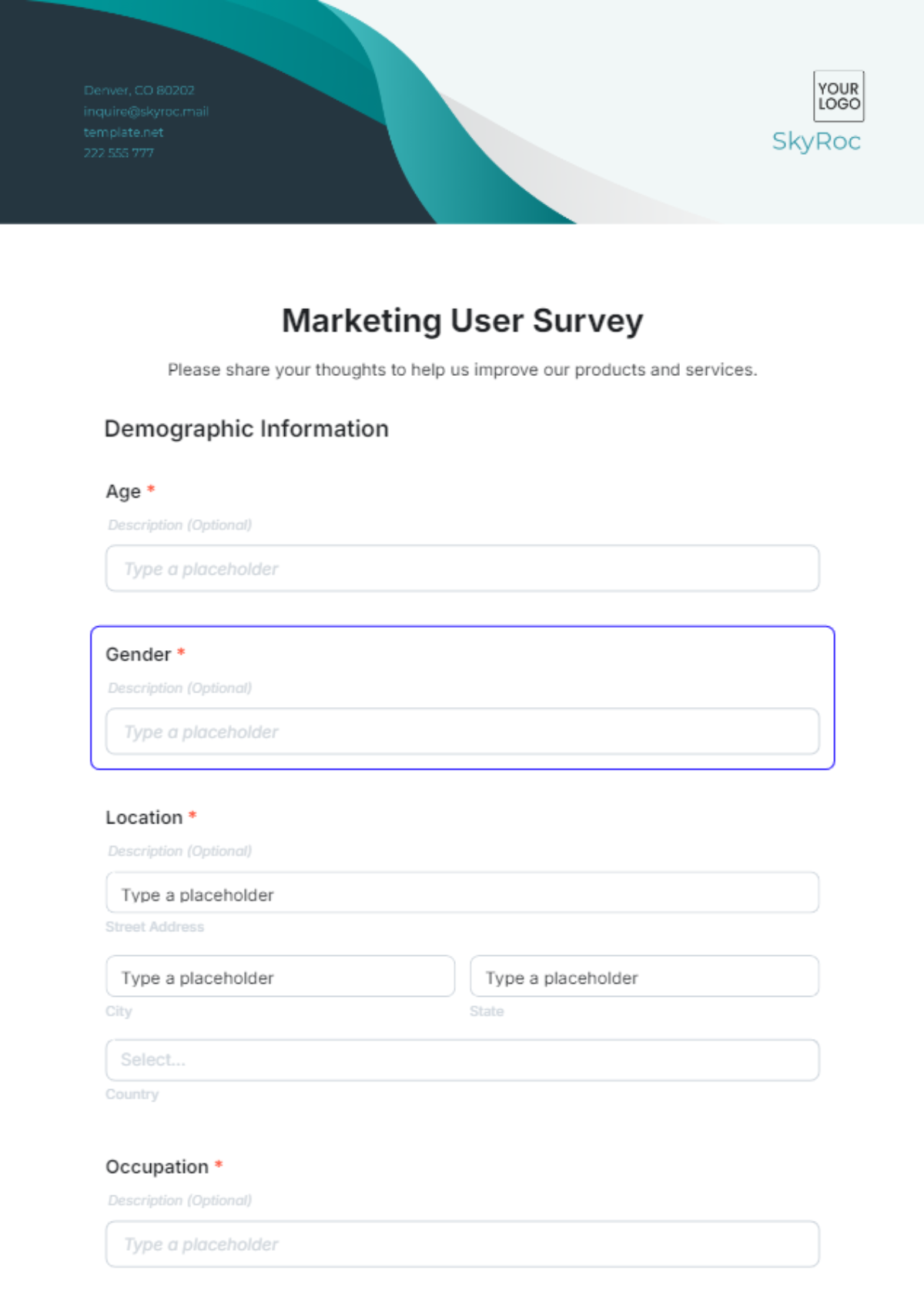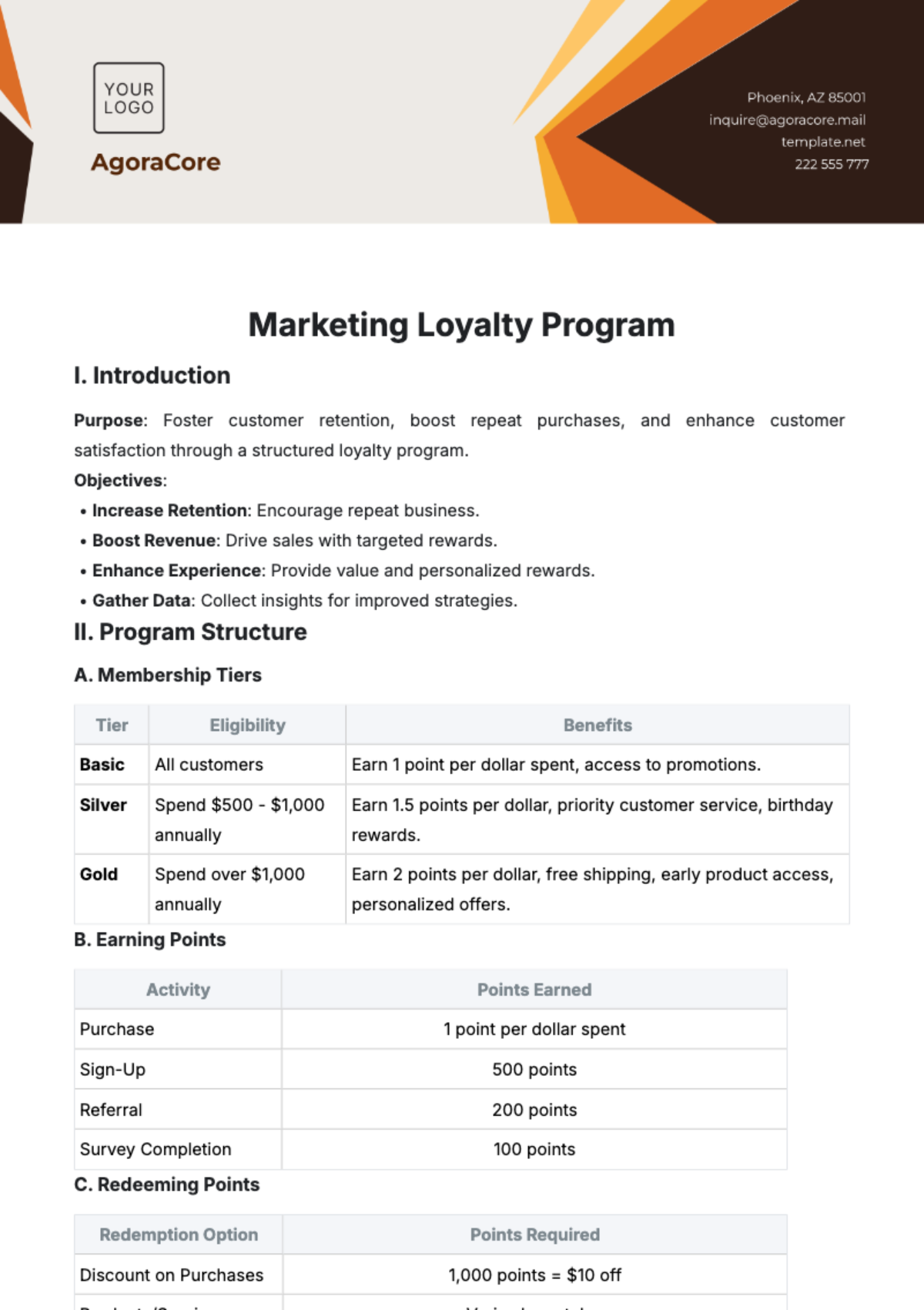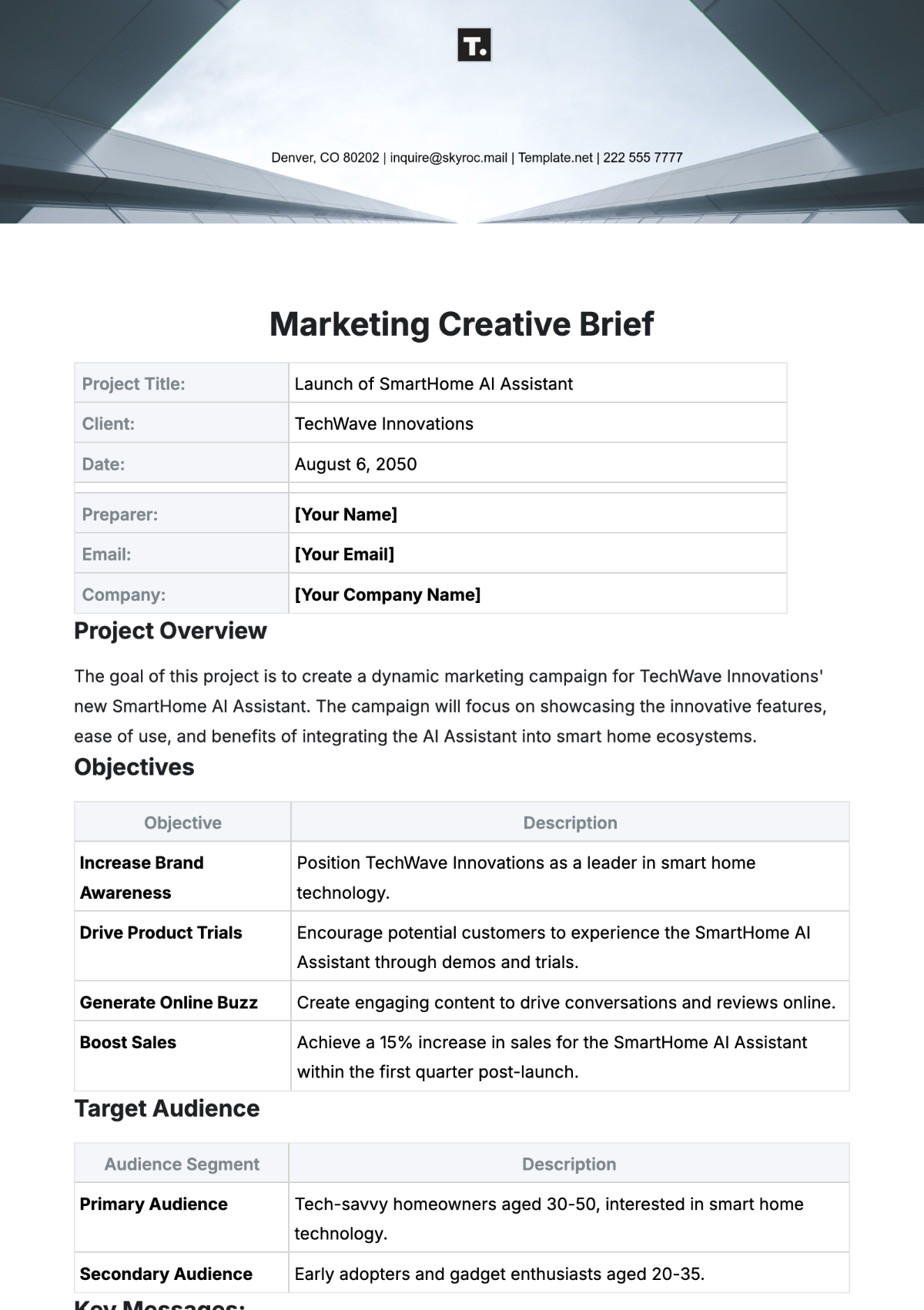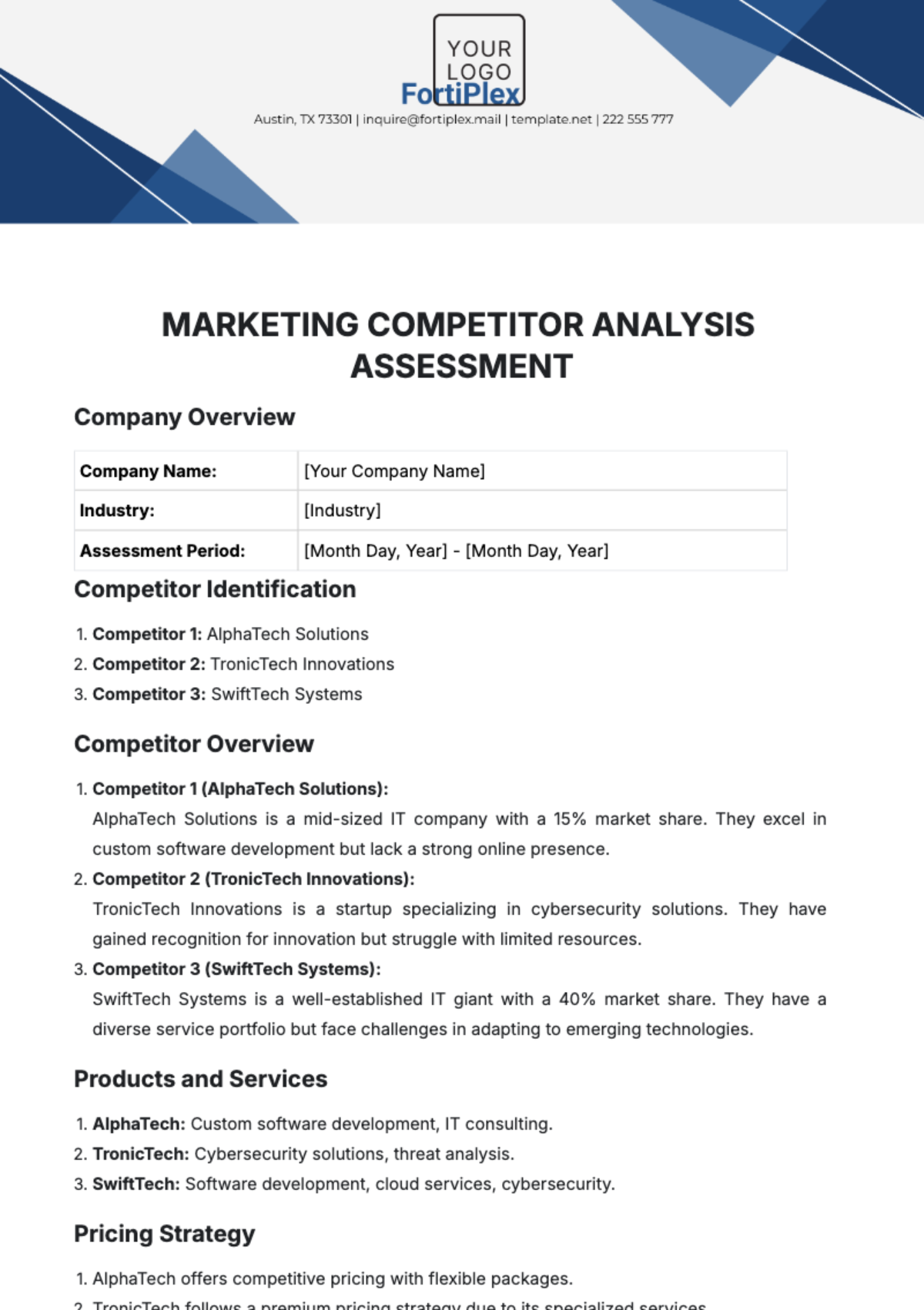Marketing Guide to Effective Affiliate
Introduction to Affiliate Marketing
Affiliate marketing is a performance-based marketing strategy where a business rewards partners for generating traffic or sales through the affiliate's marketing efforts. As [Your Company Name] seeks to tap into this lucrative channel, understanding its nuances becomes imperative. This introduction aims to provide a foundational understanding, demystifying its core principles.
The Mechanism Behind Affiliate Marketing
At its core, affiliate marketing involves three primary entities: the merchant, the affiliate, and the customer. Here's a step-by-step breakdown:
Merchant Provides Affiliate Links: After signing up, affiliates are provided with unique tracking links to the merchant's products or services.
Affiliate Promotes the Products/Services: Using their platforms, be it a blog, social media, or other channels, affiliates promote the merchant's offerings using the provided links.
Customer Makes a Purchase: When a potential customer clicks on the affiliate link and makes a purchase or performs the desired action, the affiliate earns a commission.
Tracking and Payout: The affiliate platform/software tracks all conversions from the affiliate's link, ensuring they get paid the correct commission.
As [Your Company Name] embarks on this journey, understanding the history and mechanism of affiliate marketing will enable better decision-making and strategy formulation.
Key Benefits
Embarking on an affiliate marketing journey can present numerous advantages for [Your Company Name]. Beyond the surface-level benefits, deeper exploration reveals long-term strategic advantages that can be leveraged for sustainable growth. Here are the enhanced benefits:
Cost-effective Growth: Affiliate marketing is predominantly performance-based, meaning you'll primarily spend for results. This structure minimizes wasteful expenditure and ensures you get tangible value for every dollar spent.
Expansive Market Reach: By collaborating with diverse affiliates, you tap into their unique audiences. This diversification not only increases your brand's exposure but also accesses market segments that may have previously been inaccessible through traditional marketing channels.
Boosted Credibility and Brand Trust: Associating with reputable affiliates can transfer their audience's trust to [Your Company Name]. This "halo effect" can be especially beneficial if you're collaborating with influencers or experts in your industry.
Scalable Ventures: The flexible nature of affiliate marketing allows for easy scalability. Whether you're aiming to intensify your efforts during peak seasons or scale down during slower periods, you can adjust your affiliate program's parameters accordingly without significant overheads.
Synergized Marketing Efforts: Engaging in affiliate marketing can complement and amplify other marketing channels. For instance, an influencer might promote your product on social media, driving their followers to search for reviews, leading them to an affiliate blog post that further convinces them of their purchase.
Data-driven Insights: With proper tracking in place, affiliate marketing provides rich data on customer behavior, preferences, and buying patterns. These insights can be invaluable in refining not only your affiliate strategy but also other aspects of [Your Company Name]'s marketing and product development efforts.
Enhanced SEO: High-quality backlinks from affiliates can improve your website's search engine ranking. When authoritative sites link to your products or services, search engines view your site as more credible, which can enhance your organic search visibility.
By recognizing and harnessing these benefits, [Your Company Name] can strategically position itself in the market, maximizing returns while cultivating robust relationships with affiliates and customers alike.
Setting up an Affiliate Program
As [Your Company Name] ventures into the affiliate marketing realm, it's crucial to ensure a structured and well-thought-out setup process. This will serve as the foundation for all affiliate-related endeavors, ensuring long-term success and mutually beneficial relationships with affiliate partners. Here's an enhanced guide to setting up an effective affiliate program:
Define Clear Objectives:
a. Purpose and Vision: Start by understanding the primary aim of your affiliate program. Whether it's to increase sales, enhance brand recognition, or tap into new markets, having clear goals will provide direction for subsequent steps.
b. Target Audience: Recognize the specific audience you wish to reach through your affiliates. This will aid in selecting the right partners and tailoring promotional strategies accordingly.
Choose the Right Commission Structure
a. Fixed vs. Percentage: Decide if you want to provide affiliates with a fixed amount per sale/lead or a percentage of the sale. Each has its pros and cons; while fixed amounts are straightforward, percentages can motivate affiliates to promote higher-priced items.
b. Tiered Commissions: Consider implementing a tiered commission system, rewarding affiliates who reach certain thresholds with higher commissions. This can motivate higher performance and loyalty.
Select an Appropriate Affiliate Platform or Software
a. Features and Scalability: The chosen platform should offer comprehensive tracking, reporting, and payment functionalities. Additionally, ensure it can scale as your program grows.
b. Ease of Integration: The platform should seamlessly integrate with the company's existing systems, ensuring smooth operations and minimizing disruptions.
Craft High-Quality Promotional Materials
a. Diverse Assets: Provide affiliates with a range of promotional materials like banners, text links, videos, and more. Ensure they align with the company’s branding guidelines.
b. Regular Updates: Keep promotional materials fresh and up-to-date, especially during product launches or special promotions.
Recruitment Strategy
a. Active Recruitment: Proactively seek out affiliates that align with your brand values and target audience. This might involve direct outreach, attending industry events, or leveraging existing business relationships.
b. Open Program vs. Invitational: Decide if you want an open program where anyone can join or if you want to vet potential affiliates through an invitational system.
Continuous Monitoring and Management
a. Performance Analysis: Regularly review affiliate performance to identify top performers and those who might need additional support or training.
b. Feedback Loop: Create a system where affiliates can provide feedback or voice concerns. This not only builds trust but can also provide valuable insights into market trends and product suggestions.
c. Ethical Guidelines: Ensure all affiliates understand and adhere to ethical marketing practices. This safeguards the company's reputation and ensures long-term sustainability.
By diligently following these enhanced steps and maintaining a keen focus on both short-term outcomes and long-term relationships, [Your Company Name] will be poised to launch a successful and influential affiliate program.
Best Practices for Ensuring Success
For [Your Company Name] to truly harness the power of affiliate marketing, it's imperative to not just set up a program, but to master the art of maintaining, optimizing, and scaling it. Adopting best practices ensures not only the health of the program but also the sustained growth and evolution of the affiliate partnerships. Here's an enhanced perspective on these best practices:
Regular and Comprehensive Training: To ensure affiliates are equipped and updated, the company should regularly host webinars and workshops, emphasizing new products, services, and effective marketing techniques. Additionally, creating a centralized resource hub—boasting FAQs, video tutorials, and other educational content—serves as a go-to destination for affiliates, fostering self-driven learning.
Offer Competitive and Motivating Commission Structures: Affiliates, as motivated partners, thrive on lucrative incentives. Beyond the standard commission, the company could amplify engagement by introducing bonus structures, especially during promotional periods or for outstanding performance. Another strategy worth considering is offering commissions based on the lifetime value of customers brought in, nurturing a long-term commitment from affiliates.
Maintain Transparent Tracking and Reporting: Transparency fosters trust. To cultivate this, affiliates should be given access to real-time performance data, enabling them to refine their strategies dynamically. Moreover, in the rare event of discrepancies, having a robust and fair dispute resolution process ensures that trust and credibility remain uncompromised.
Foster Open Communication Channels: Open communication is the bedrock of successful partnerships. Offering affiliates a dedicated support contact ensures that their queries and concerns are addressed promptly. Furthermore, by initiating platforms like private forums or groups, the company can encourage peer interactions, fostering a sense of community and collaborative learning.
Vet and Monitor Affiliates for Brand Alignment: Protecting [Your Company Name]'s brand reputation is paramount. Periodic reviews of the strategies and content employed by affiliates ensure adherence to brand values and standards. Simultaneously, creating avenues for feedback enables the company to glean insights into evolving market dynamics and fine-tune collaboration areas.
Optimize and Adapt Promotional Materials: To capitalize on timely opportunities, the company should provide affiliates with seasonal or event-specific promotional assets. Recognizing the diverse nature of affiliate audiences, offering customizable promotional materials—while retaining brand essence—allows for better audience resonance.
Recognize and Reward Loyalty: Long-standing and high-performing affiliates are invaluable assets. Spotlighting these top achievers through newsletters or on prominent platforms instills a sense of pride and achievement. To further this sentiment, the company can roll out exclusive loyalty programs, highlighting the organization's commitment to nurturing enduring partnerships.
By embedding these best practices into the fabric of the affiliate program, [Your Company Name] will not only ensure the current success of the initiative but will lay a solid foundation for future growth and expansion.
Analyzing Performance Metrics
In the realm of affiliate marketing, data-driven decision-making is pivotal. Thoroughly analyzing performance metrics not only offers a mirror to the program's health but also illuminates areas of opportunity and refinement. Here's a comprehensive perspective on diving deep into these metrics for [Your Company Name]:
Embrace a Holistic Perspective: While raw numbers offer insight, it's essential to understand the stories they narrate. For instance, an uptick in affiliate sales might be impressive, but if it corresponds with a decline in organic sales, there might be cannibalization at play.
Focus on Quality Over Quantity: A surge in traffic from affiliates is promising, but it's crucial to gauge the quality of this traffic. Metrics like conversion rates and average order values can provide insights into whether the incoming audience aligns with [Your Company Name]'s ideal customer profile.
Monitor Affiliate-Specific Performance: Regularly review the performance of individual affiliates. Identifying top performers can provide insights into effective strategies, while recognizing under-performers can help address potential issues or mismatches.
ROI – The Ultimate Gauge: Return on Investment (ROI) is the linchpin metric. By calculating the ratio of net profit to the costs incurred in the affiliate program, [Your Company Name] can discern the actual value being derived. An increasing ROI typically indicates a maturing and efficient program.
Understand Customer Lifetime Value (CLTV): While immediate sales are gratifying, understanding the long-term value of customers acquired through affiliates can offer a clearer picture of the program's impact. High CLTV indicates quality acquisitions and suggests strong post-purchase experiences.
Track Ancillary Metrics: Beyond the primary metrics, consider tracking ancillary data points like customer retention rates, repeat purchase ratios, and referral rates from affiliate-acquired customers. These can offer secondary layers of insights, adding depth to understanding.
Leverage Advanced Analytics Tools: Given the complex web of data points, employing advanced analytics tools, possibly powered by AI and machine learning, can help in discerning patterns, predicting trends, and offering actionable insights tailored for the company.
Key Performance Metrics (2060-2062):
Metric | 2060 | 2061 | 2062 |
Number of Active Affiliates | 350 | 480 | 620 |
Total Sales from Affiliates | $1.5M | $2.1M | $2.9M |
Average Commission Earned per Affiliate | $250 | $275 | $295 |
Conversion Rate | 2.5% | 2.7% | 3.0% |
Return on Investment (ROI) | 280% | 290% | 310% |
From the data, we can observe consistent growth in the number of active affiliates and sales generated. Additionally, the ROI is increasing, indicating that the affiliate program is becoming more efficient over time.
Affiliate marketing can be a game-changer for [Your Company Name] if executed correctly. By understanding the mechanics, implementing best practices, and consistently analyzing metrics, the company stands to gain substantial benefits in terms of revenue, brand awareness, and market reach. The company's next steps should focus on integrating the above guidelines, continuously refining the strategy, and building strong relationships with high-performing affiliates for sustainable growth beyond 2062.


